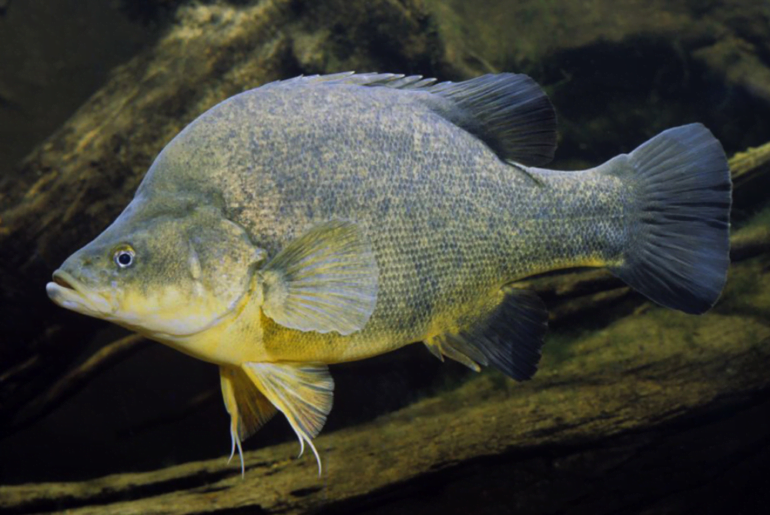We all know that fish need to move – to find habitat, food and to be able to reproduce. Man made structures such as dams, weirs and culverts are barriers to this movement. We have been focusing a lot of attention on removing and getting fish around these ‘road blocks’ in the system and there is new research addressing how we can help fish move through culverts. Culverts are the tunnels that are built to allow roads cross over streams and are tricky for fish to negotiate when there is either too much fast flow, or too little to enable them to swim through.

As a stream meets a culvert, the water flow can become too fast for small species of fish and juvenile fish to swim against. This means that movement of these fish is restricted, which contributes to population decline.
To date, the primary solutions adopted to slow the flow have included adding natural barriers to make the culvert resemble a stream, or installing artificial baffles to the wall of the tunnel to break up the flow. However, there are drawbacks to these methods; they are expensive to install and maintain, and they don’t work for all fishes of all sizes.
Recently, scientists have developed a new approach to slow the flow that relies on physics and understanding how water moves. This approach involves taking advantage of a property of fluid mechanics known as the ‘boundary layer’ – a thin layer of slower-moving water that occurs where the water moving over a solid surface is slowed by friction. The area can be quite small, but little fish can still use it, and are very good at finding it. By adding a square beam running the length of the culvert wall, close to the floor, a reduced velocity channel is created alongside the main flow.

Testing found that water velocity in the zone below the beam by up to 30%. For small fish, this is a significant reduction. Every species tested saw significant improvements in their ability to swim and traverse up the channel, regardless of their body shape or swimming style.
While there is still research to be done, it is exciting that this new approach has potential for widespread application across Australia and overseas. These laboratory findings will be tested in the field, and scientists hope to optimise the size of the beam to get the most fish through the culvert with the greatest ease.
This article was adapted from Newstreams #66, March 2019 and The Conversation. You can read the complete article by Watson et al. in Ecological Engineering.
Related stories:




